The Cheese Preservation Tip Almost No One Knows!
Among the number of things my hubby and I do NOT agree on, is how to store cheese. And I’ll admit, I’m not all that certain how it should be stored. How about you, is this something you’ve wondered about as well?
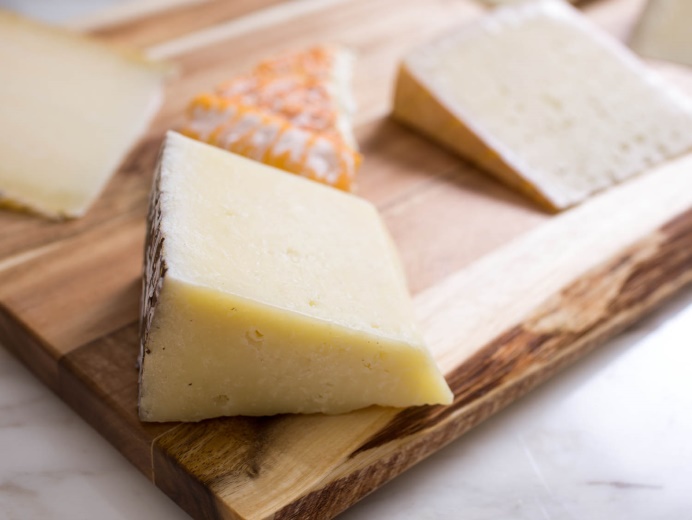
One thing we’ll all agree on, good cheese is an investment; it’s expensive and like any investment, it should be protected. Ideally, you shouldn't buy more cheese than you can consume in a few days. But sometimes we just can’t resist a good buy and so end up with more than we can consume in a few days. So then, how DO you protect this investment?
First thing's first: steer clear of plastic wrap. This is what the pros at my favorite site, Food 52 (www.food52.com) say, and here’s why: “This may come as a surprise, especially to the vegetarians in the room, but cheese is actually a living thing. It sweats. It ages. It even breathes. When cheese is wrapped in plastic wrap it can no longer intake oxygen -- in short, it suffocates, resulting in an amoniac flavor and possibly even harmful bacteria.”
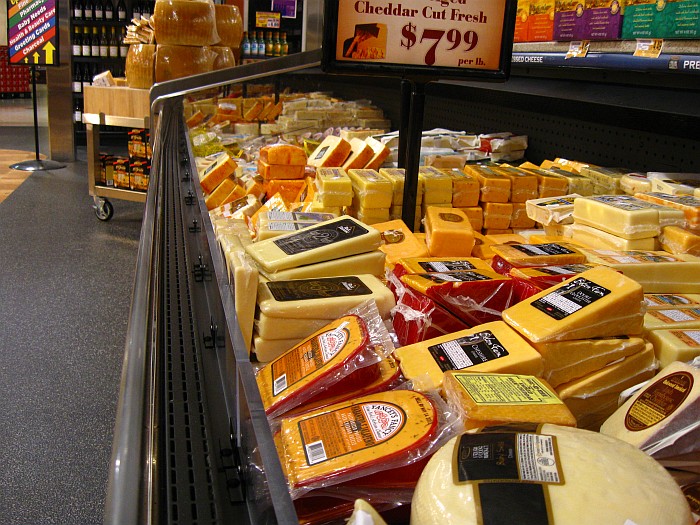
Cheese connoisseurs and experts (also known as “curd-nerds”) explain that plastic wrap can also cause your cheese to take on the flavor of plastic. Well that’s just yucky disappointment. And since most grocery store cheese is indeed wrapped in plastic, free it from its bonds as soon as you get home. Because now you know better.
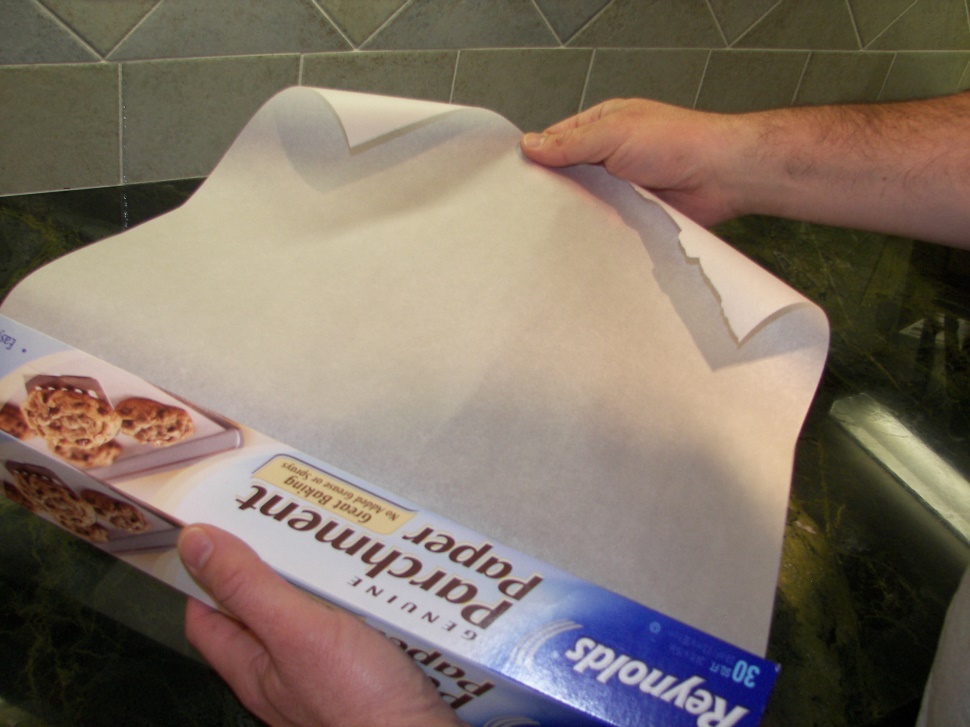
Next, we wrap your own way. Considering plastic wrap is a no-no, what should you wrap your cheese in? The overwhelming consensus is: cheese paper. This specialty item allows the cheese to breathe, but also protects it from drying out. If you don't want to invest in cheese paper, parchment paper (which we went with) works just fine. (AWESOME! I have parchment paper, and I hope you do, too. This is an indispensable kitchen aid. I get mine at the restaurant supply store, but you can find it at your grocery store on a roll, as pictured.)
Here’s how, according to the Food 52 chefs, you wrap cheese (wedges, especially): Assemble your tools: cheese paper (or parchment paper), scissors, masking tape, a marker, and, of course, the cheese in question. It's time to wrap.
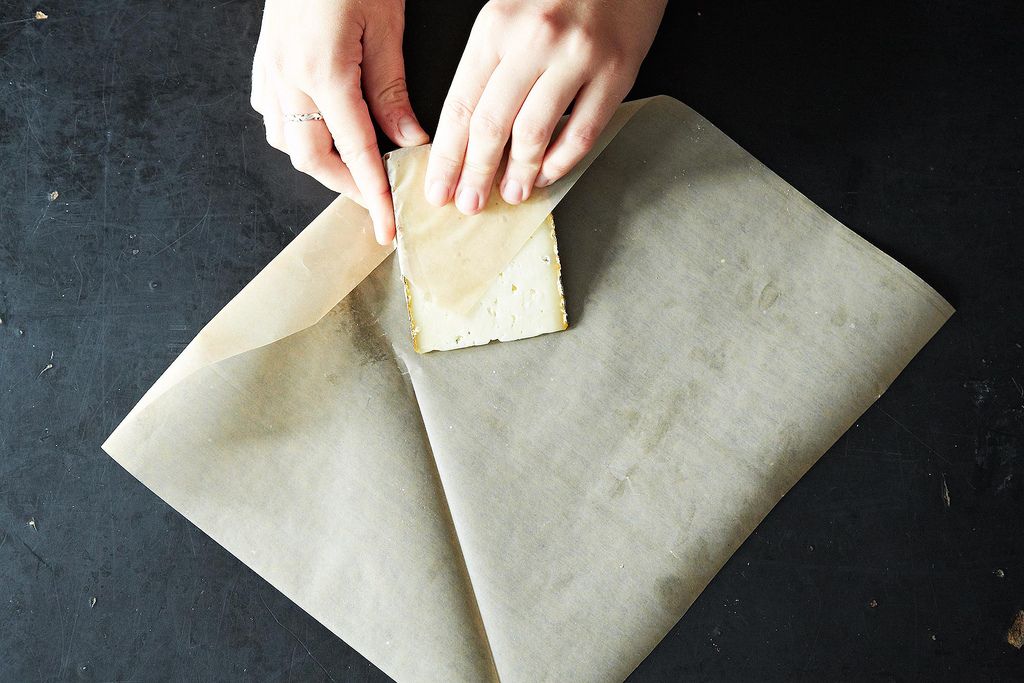
Cut off a large square of wrapping paper -- we recommend it be 2 to 3 times the size of your cheese, just to be safe. Place your cheese diagonally with the thicker end at one corner and the thinner end pointing toward the center.
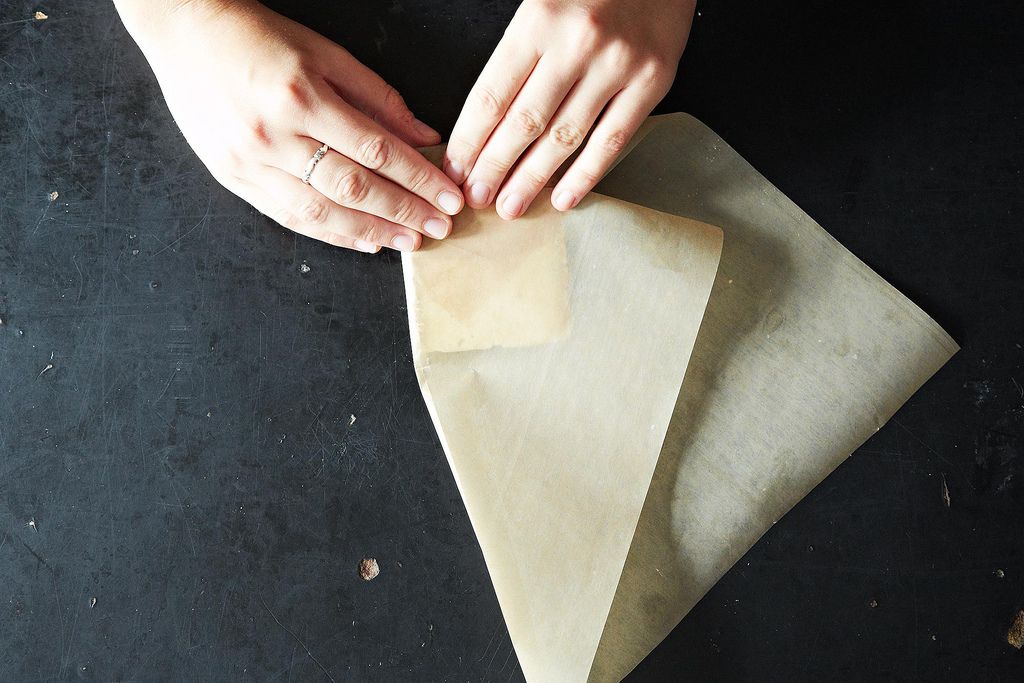
Fold the corner over the fat end of the cheese. Crease. Flatten the paper along one side, as you would do wrapping a present.
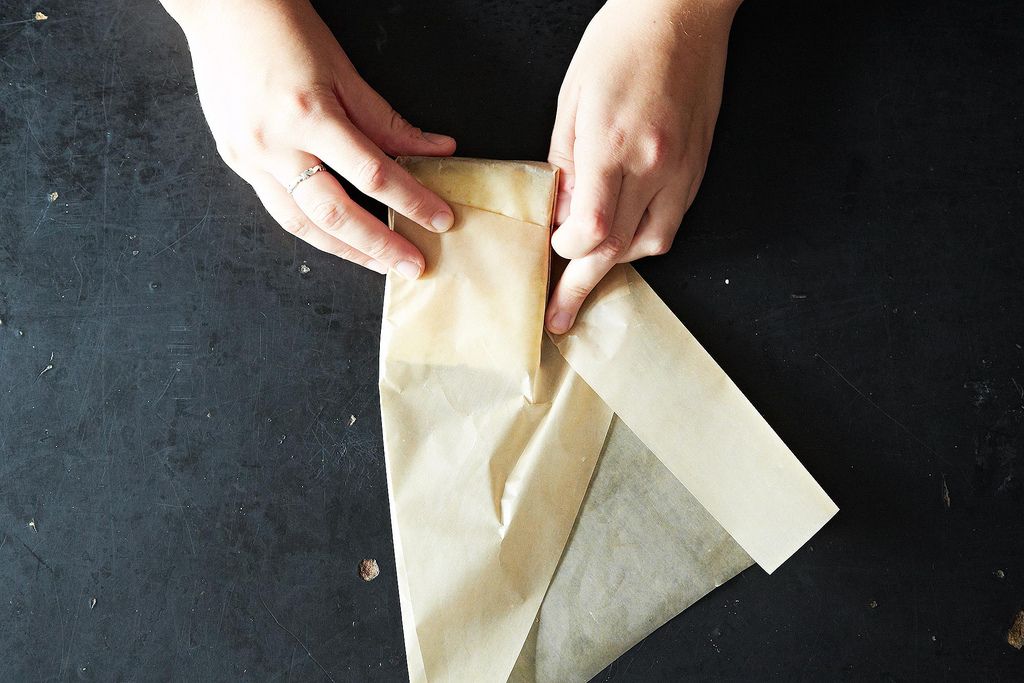
Pull the side you had flattened tightly across the cheese. Crease. Repeat this process on the opposite side of the cheese, being sure to keep the paper pulled tightly.
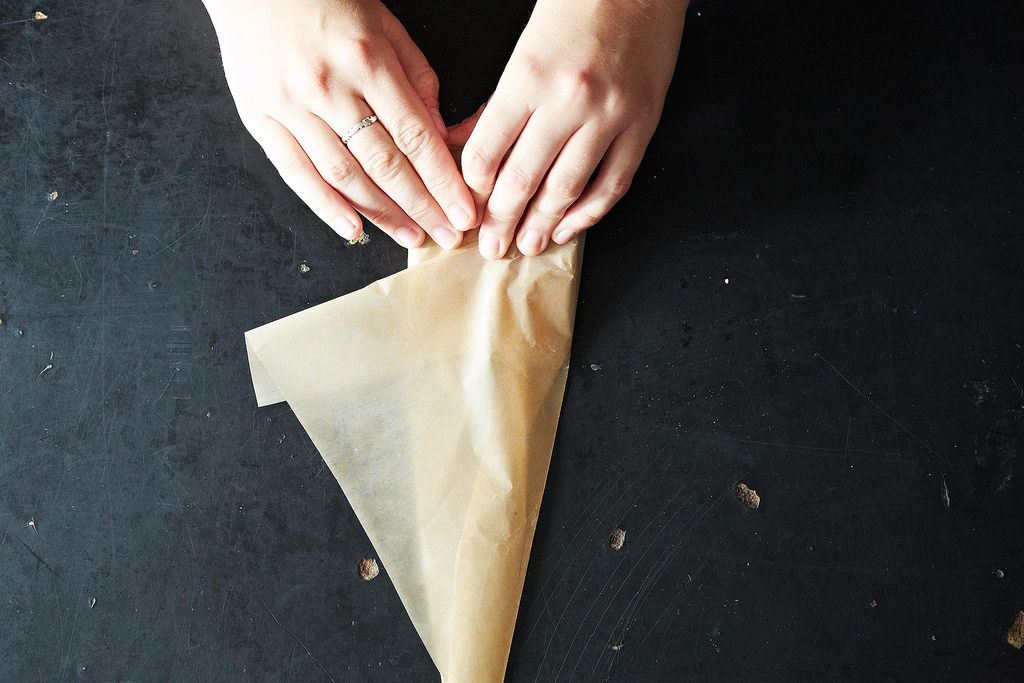
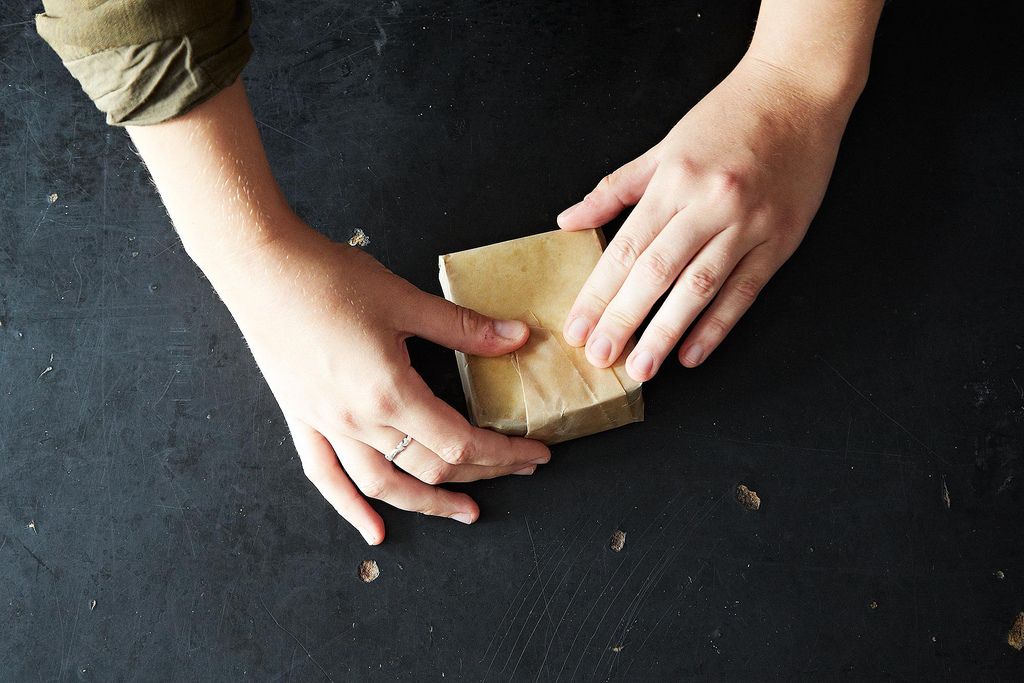
Crease the tail sticking out from the end of your cheese. Pull it up towards the thicker part of the cheese. Ta-da! Tape the final flap to secure your beautiful, secure cheese package. Make sure to write the type of cheese, as well as the date on which you purchased it, on the tape. That way you can tell what's what without unwrapping, and can keep track of how long it's been sitting in your fridge.
- www.seriouseats.com
- www.cooking.blogoverflow.com
- www.recipesorreservations.com
- www.food52.com
 Alice Osborne
Alice Osborne
Weekly Newsletter Contributor since 2006
Email the author! alice@dvo.com
